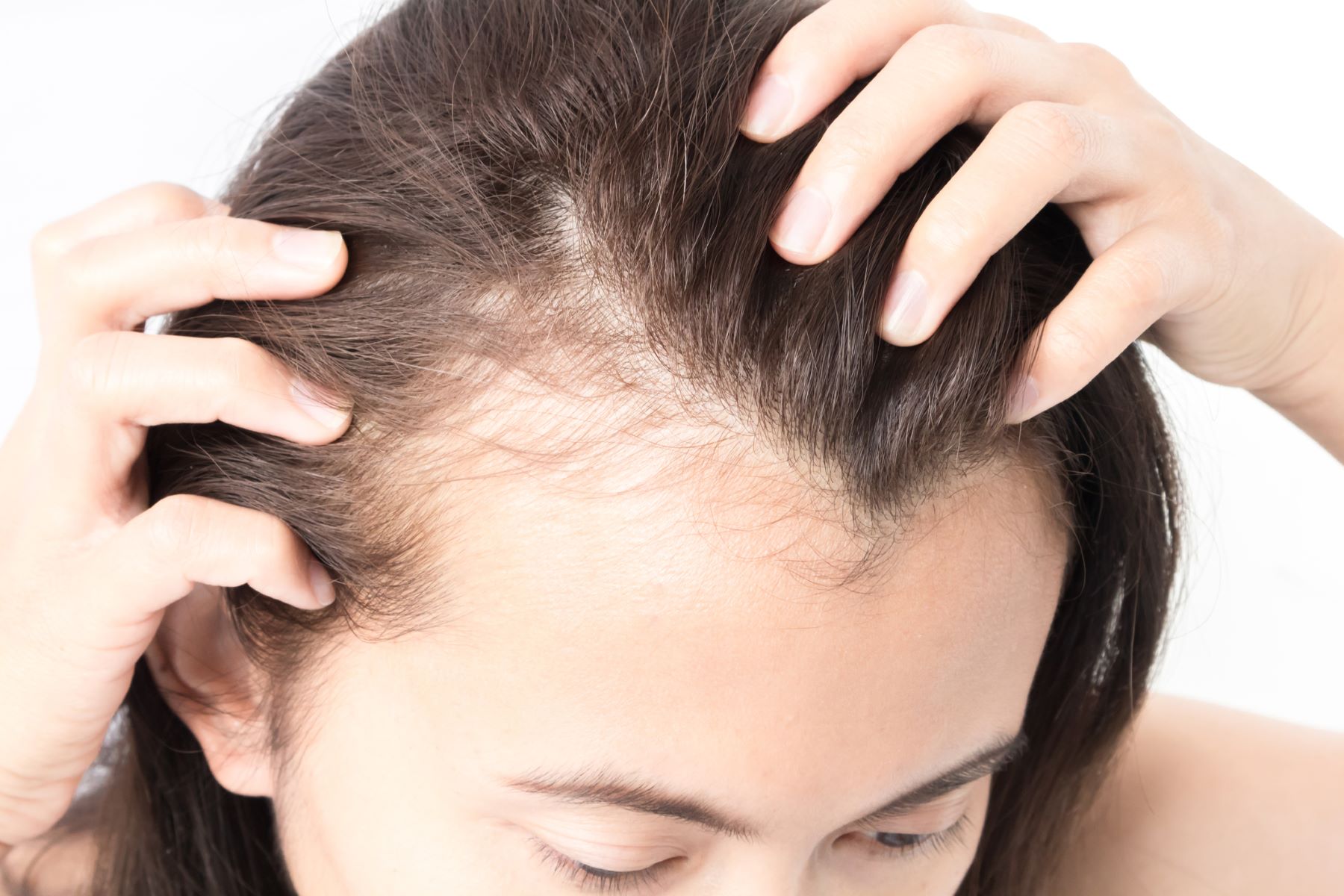
Although at least a third of women suffer from hair loss, it is commonly thought to be a problem that only affects men. However, in contrast to men, women typically experience thinning hair without going bald, and the issue may be caused by a variety of different underlying factors. “Some have been linked to body inflammation. Dr. says that some have female-pattern hair loss. Deborah Scott, co-director of the Hair Loss Clinic at Brigham and Women’s Hospital and assistant professor of dermatology at Harvard Medical School, The good news, though, is that this hair loss can often be stopped with treatment and even reversed. There are a number of new cosmetic techniques that can assist when it is not.
Learning about hair loss
Finding out what is going on inside your body that is causing those extra strands to stick to your shoulders and brush is the first step in dealing with thinning hair. It’s normal to lose some hair. As part of the hair’s natural growth cycle, which has three stages, every person sheds hair. A hair strand is in the anagen stage when it is actively growing. The duration of this phase can range from two to eight years. A brief transition phase lasting up to three weeks is the catagen stage. The hair has stopped growing and is about to fall out at this point. The phase of the hair cycle known as the telogen stage occurs when hair is shed from the follicle, which is the structure that produces and holds hair. The follicle goes dormant after the hair is shed, usually for three months before new hair starts to grow out. Hair loss is very individual. The majority of people are aware of their normal hair loss. Dr. says that if you suddenly lose more hair than usual, if you’re shedding clumps of hair, or if your hair looks like it’s getting thinner, it could mean something is wrong. Scott.
The root causes of hair loss
Female hair loss can be caused by a variety of issues. Some are external, like taking certain medications, wearing excessively tight hairstyles frequently, or even going through a stressful event like surgery. Thinning hair can also be brought on by internal factors like a thyroid condition, hormonal changes, a recent pregnancy, or an inflammatory condition. Genes may also play a role in hair loss. Female-pattern hair loss, also known as androgenic alopecia, is the most prevalent genetic condition. Women who suffer from this condition may notice a widening of the top of their heads, which typically begins in their 40s or 50s. This could happen to you if one or both of your parents pass on certain genes. It could also be sparked by hormonal shifts that occur during menopause. A scalp-related inflammatory condition is another factor that contributes to women’s hair loss. That could be psoriasis, eczema, or a condition known as frontal fibrosing alopecia, which typically results in permanent hair loss and scarring above the forehead on the front of the scalp. Overuse of hair-damaging products or tools like dryers and other devices that heat the hair are additional common causes of hair loss. Hair loss can also be caused by underlying illness, autoimmune conditions like lupus, nutritional deficiencies, or hormonal imbalances. Treatments for thinning hair Dr. says that treatment depends on the underlying cause. Scott. Resolving a medical condition that causes hair loss may be all that is necessary to restore hair growth. Other times, a woman might think about a treatment to replace or regrow lost hair or a medication like minoxidil (Rogaine), which helps with some types of hair loss. Platelet-rich plasma (PRP) injections are another potential treatment option for hair loss. The doctor takes a sample of your blood, separates it into its component parts, recombines the blood fluid (plasma) with a high concentration of platelets—structures in the blood that, among other things, aid in clotting—and injects the resulting preparation back into the scalp for this treatment. The science behind this isn’t completely established. Although we still don’t fully understand how PRP works, growth factors in platelets can also help tissues and hair follicles grow back, according to Dr. Scott.
In addition, it has been demonstrated that low-level LED laser lights can aid in the regrowth of hair in some instances. In the near future, even more treatments are likely to be developed. Options for hair loss cosmetics Women can also consider cosmetic options, such as wearing a wig, to make up for lost hair when medical treatments fail. Hair transplantation, a surgical procedure that moves active follicles from the back of the scalp to areas where the hair is thinning, is at the other end of the spectrum. The hair grows normally after being transplanted. Most of the time, hair transplantation is done as an outpatient procedure. It can be extremely effective in the right patients, but Dr. says that not everyone will benefit from it. Scott. The cost, which is not covered by insurance and can run into the thousands of dollars, is one disadvantage. Recovery time is also required after the procedure. Additionally, it may not be appropriate for women with diffuse scalp thinning. It works better for treating bald spots that are smaller and more clearly defined.

